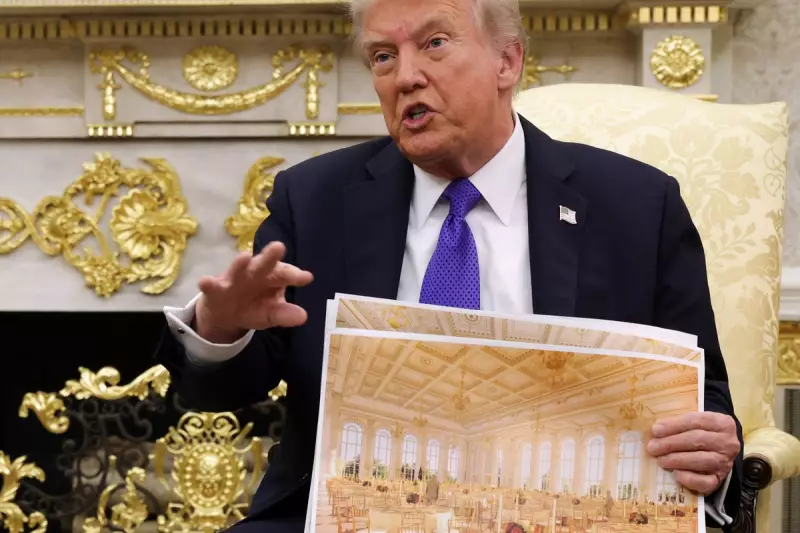
In a move that speaks volumes about the shifting tides of American politics, the White House has discreetly removed former President Donald Trump's name from one of its most prestigious event spaces.
The Vanishing Plaque
The Donald J. Trump Ballroom, located in the historic East Wing, has quietly reverted to its original designation. The brass plaque bearing the 45th president's name has been taken down, effectively erasing this particular marker of his administration from the hallowed halls of the executive mansion.
This reversal comes after Trump himself ordered the ballroom's renaming during his presidency, breaking with longstanding tradition. Previous occupants of the Oval Office had typically waited until after their departure to receive such honours, usually requiring congressional approval.
A Break with Tradition
The decision to rename the space during Trump's own term raised eyebrows among Washington insiders and historians alike. Traditionally, naming White House rooms after presidents occurs post-presidency, often as a tribute approved by subsequent administrations or through legislative action.
Trump's approach marked a significant departure from this convention, with critics arguing it represented an unprecedented act of self-commemoration while still in office.
Symbolism in the Silence
The current administration has made no official announcement about the removal, allowing the action to speak for itself. This quiet reversal underscores the ongoing recalibration of presidential protocols and the symbolic weight carried by every decision within the White House walls.
The East Wing ballroom has hosted countless historic events and dignitaries throughout American history. Its return to a non-partisan designation reflects the cyclical nature of political power and the continuous reshaping of presidential legacies.
As the debate about Trump's place in history continues to evolve, this small but significant change serves as a tangible reminder that presidential recognition remains deeply intertwined with the political landscape long after administrations change.





